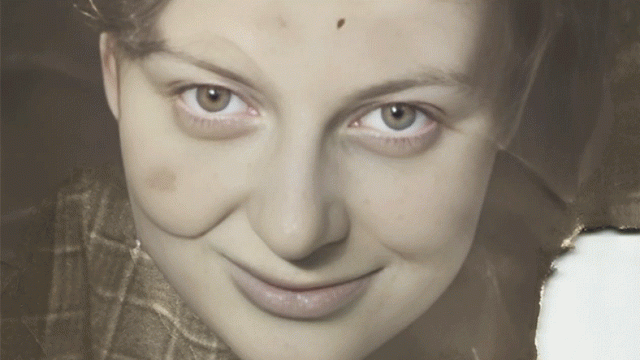There’s now another reason to drag out the photo album and start digitising that ageing collection of old, slowly deteriorating family snapshots. Digitally restoring vintage photos is usually a process that can take hours, even for a skilled photo editor, but a new AI-powered filter coming to Photoshop appears to handle the bulk of the work with just a single click.
Of all the neural network applications that have been revealed over the past few years — some good, some bad — one that has firmly resonated with the average consumer is using these tools as a way to connect with our pasts and family members that are no longer with us. Hollywood already seems all in on this idea, as Harold Ramis’ ghostly cameo in Ghostbusters: Afterlife proves, but that was mostly realised through complex (and expensive) visual effects work.
Last year, MyHeritage revealed its Deep Nostalgia tool that automatically animates vintage photos and turns them into short videos, making them look like your distant relatives’ home movies, even if they passed away long before smartphones and camcorders were ever a thing. But long before Deep Nostalgia arrived, talented photo editors have been restoring damaged and faded old photographs, and even colorizing images that only ever existed in black and white, using tools like Photoshop. The results are often incredible, and can make images of your distant relatives look even more lifelike, but the process requires a lot of skill and practice if you want to achieve convincing results.
Adobe has been adding automated tools to Photoshop for some time now. Powered by the company’s Sensei AI platform, they make mundane tasks like sky replacements and even selecting complex objects much easier, but soon the automated toolset will expand to photo restorations (we don’t see it available in Photoshop 2022 just yet). Adobe teased the new functionality in a short video shared on YouTube, and in addition to removing dirt, scratches, creases, and tears, the tool appears to smooth out the subject’s skin, remove unwanted textures and noise, and can add a splash of colour, even on black and white or sepia-tinted imagery.
Adobe also demonstrated the new neural filter working with existing tools such as context aware fill to restore missing sections of an older photo that were torn away and lost. The results aren’t quite as perfect as some of the manual photo restorations we’ve seen performed by Photoshop masters — the filter is still in beta at this point — but the results are still surprisingly good. It’s not known how much control Adobe plans to give users over the neural filter’s processing (we probably wouldn’t be so aggressive with the skin smoothing) or whether it will remain a one click feature when it’s finally available to the public.
